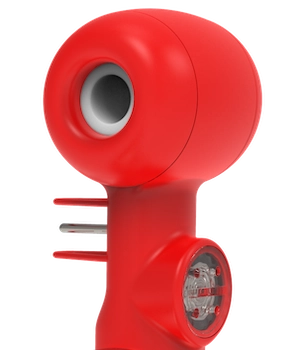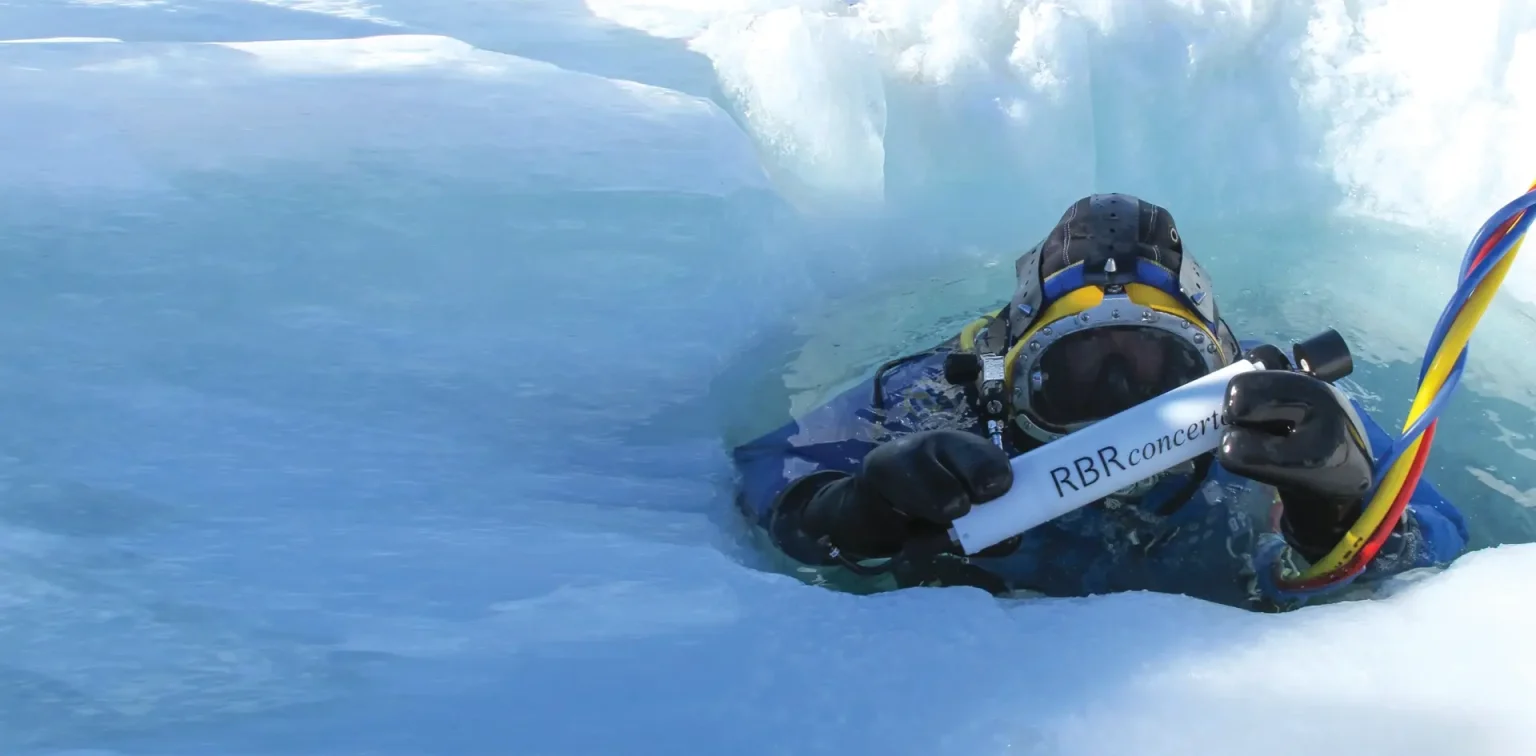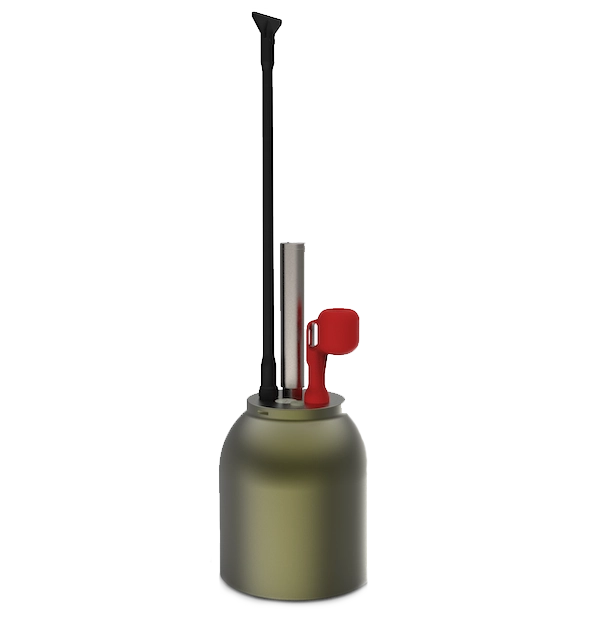Low power consumption
RBRargo³ C.T.D|deep
Multi-channel instrument for profiling floats
The RBRargo³ C.T.D is designed specifically for the Argo program. The ultra-low power design consumes only 20% of the energy of competing products, with a CFD-optimised flow path that reduces salinity spiking. Salinity to the surface is default behaviour — the conductivity cell is unaffected by surfactants and is not damaged by drying out. Atmospheric measurements provide helpful drift references.
- Rated to 2000dbar (higher depth ratings available)
- WOCE accuracy
- Classical 2000dbar profile consumes only 400J
- Accurate conductivity to within 10cm of the air-ocean interface
- Flushing by design – no pump required
- Up to 8Hz sampling
- Streamlined design minimizes salinity spiking
Downloads
Infographic: RBR on ArgoFeatures & Configurations
Impeccable power management and a direct engineer-to-engineer support channel, coupled with a design that focuses on ease of use makes integration straightforward. Capable of up to 8Hz sampling, massive storage capacity, and compact electronics, the RBRargo³ C.T.D fits in both standard Argo and NATO A-class float hulls, and withstands air deployments. A full range of BGC sensors are available, including optical DO, pH, PAR, fluorometers, and others. The related product, RBRargo³ C.T.D|deep6k, is designed with an external titanium housing and rated to 6000dbar for Deep Argo floats utilizing glass spheres.
Custom realtime data logging
All RBRargo³ C.T.D instruments have onboard compensation of temperature effects on pressure, and temperature and pressure effects on conductivity. Derived channels are also built in for salinity, sound speed, density, etc. The instrument runs a true RTOS and is capable of logging autonomously at the same time as supplying intermittent measurements (to a buoyancy engine controller, for instance). Regimes mode supports three different sampling protocols according to the float depth in the water column. For instance, regime 1 could be between 2000 and 1000dbar, sampling at 1Hz, and binning all measurements taken over a 5dbar range. Regime 2 could be between 1000dbar and 300dbar, sampling at 1Hz, and binning over a 1dbar range. Regime 3 could be between 300dbar and the surface, sampling at 8Hz without any binning (storing all samples).
Optional Configurations
| Design integration | For installation on customer-supplied float end cap |
|---|---|
| Depth rating | 2000dbar, 4000dbar, or 6000dbar |
| Available sensors | dissolved oxygen, fluorescence, PAR, pH, turbidity, and voltage |
Also available with transverse C.T.D cell configuration as shown below:

Specifications
| Power | 10μA sleep, 4.5mA at 12V for 450ms |
|---|---|
| Communication | UART, RS-232, USB-CDC |
| Storage | ~120M readings |
| Energy/sample | 24mJ |
| Energy/profile | ~490J (2000dbar sampling) |
| Sampling speeds | Up to 8Hz |
| Materials | OSP and titanium |
| Input voltage | ~4.5V-30V |
| Range | 0-85mS/cm |
|---|---|
| Initial accuracy | ±0.003mS/cm |
| Typical stability | 0.010mS/cm per year |
| Resolution | 0.001mS/cm |
| Range | -5°C to 35°C |
|---|---|
| Initial accuracy | ±0.002°C |
| Resolution | <0.00005°C |
| Time constant | ~700ms |
| Typical stability | 0.002°C/year |
| Range | 2000 / 4000 / 6000dbar |
|---|---|
| Initial accuracy | ±0.05% full scale (FS) |
| Resolution | 0.001% FS |
| Time constant | <0.01s |
| Typical Stability | 0.05% FS |

